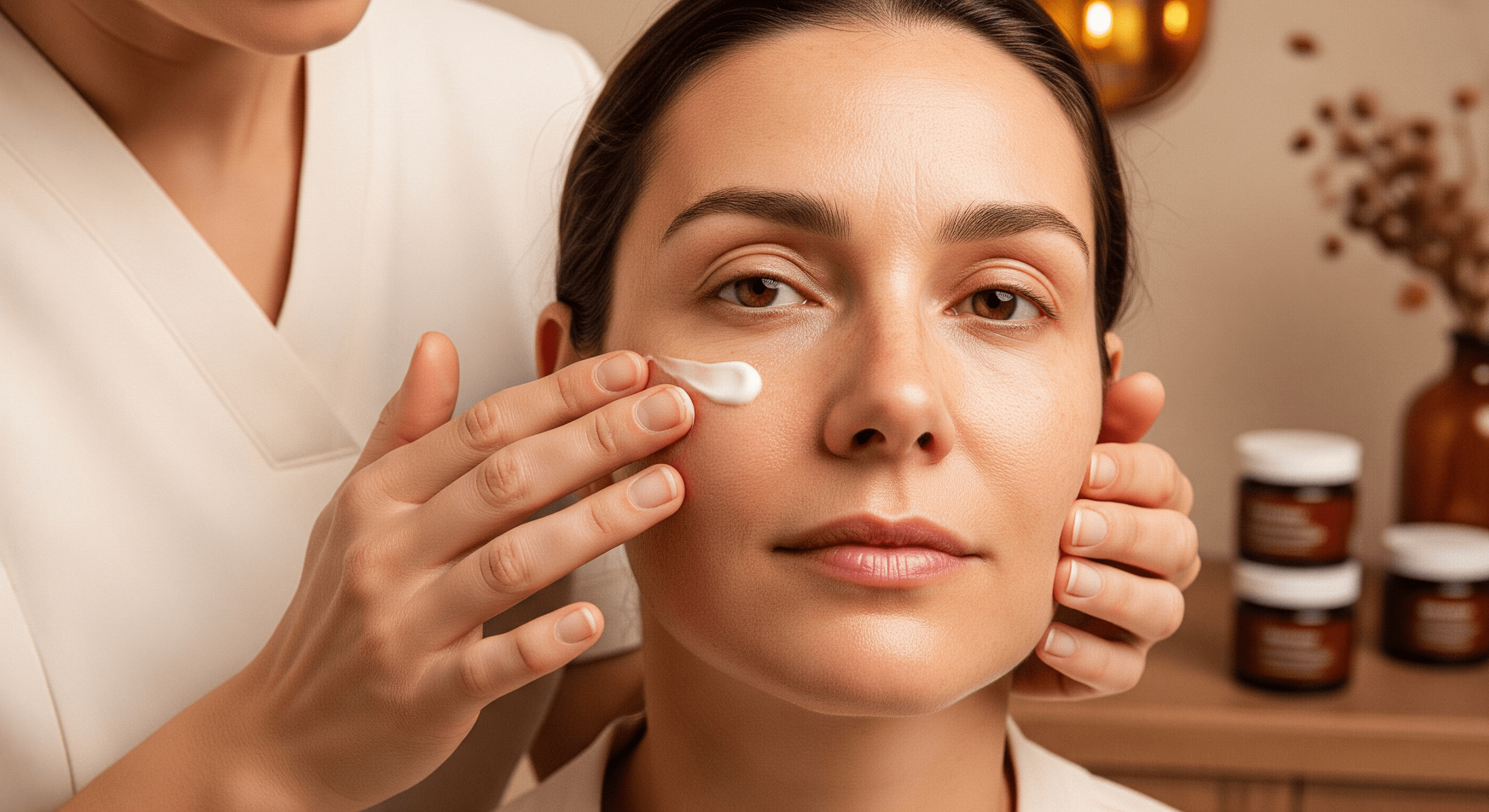Injectables have become a cornerstone of modern aesthetics, offering immediate, non-surgical solutions for everything from fine lines to volume loss. But one of the most common questions we hear at Skin Care Institute is: “How long do injectables actually last?”
The answer depends on a mix of factors—from the type of injectable used to your lifestyle, metabolism, and skincare habits. In this guide, we break down injectable longevity, what influences it, and how you can make your results last longer.
Jump to:
TLDR – Quick Guide
- Botox typically lasts 3–4 months; neuromodulators vary by dosage, area, and patient metabolism.
- Dermal fillers like JUVÉDERM® and Restylane can last from 6 to 24 months, depending on formulation and placement.
- Lifestyle, skincare habits, and injection technique all impact how long your results last.
- Maintenance treatments and healthy habits can help prolong your injectables’ effects.
- Working with experienced injectors is key to both natural-looking results and longevity.
Detailed Breakdown
1. Botox and Neuromodulators: The 3–4 Month Sweet Spot
Botox, along with Dysport and Xeomin, works by relaxing the muscles that cause expression lines.
Typical longevity: 3 to 4 months
Some clients may enjoy effects for up to 6 months, particularly after multiple sessions. Consistent maintenance can also “train” muscles over time, resulting in longer intervals between treatments.
2. Dermal Fillers: The Volume Timeline
Dermal fillers vary in how long they last based on product composition and where they’re injected.
- JUVÉDERM® Ultra and Ultra Plus: 6–12 months
- JUVÉDERM® Voluma: Up to 24 months (used for mid-face and cheek volume)
- JUVÉDERM® Volbella and Vollure: 12–18 months (great for lips and nasolabial folds)
- Restylane® line: Similar durations depending on specific filler
Fillers break down gradually, so you’ll likely notice a slow fading rather than an abrupt change.
3. What Affects Injectable Longevity?
Several variables influence how long injectables remain effective:
- Metabolism: Faster metabolism = faster breakdown
- Injection area: High-movement zones like the lips or forehead may metabolize product faster
- Product type: Thicker fillers like Voluma last longer than lighter ones
- Skincare and sun exposure: UV damage and poor skincare can shorten results
- Injector technique: Proper placement and dosage matter—a lot
4. Maintenance Matters
Staying on schedule with your provider can help you:
- Avoid drastic changes between sessions
- Achieve more natural results
- Save money by avoiding full regression
Our team at Skin Care Institute creates personalized treatment schedules to help you maintain consistent, beautiful results.
Key Takeaways
- Injectables longevity varies—Botox lasts 3–4 months, while fillers can last 6–24 months
- Lifestyle and anatomy impact results, not just the product used
- A skilled injector and customized plan are crucial for lasting effects
- Preventative touch-ups can help you avoid the “yo-yo” effect of fading results
- Consistency is key—treat injectables as part of your long-term skincare strategy
FAQs
What injectable lasts the longest?
Voluma (for mid-face volume) can last up to 2 years, making it one of the longest-lasting dermal fillers on the market.
Can I make Botox or fillers last longer?
Yes. Limit sun exposure, avoid smoking, use high-quality skincare, and follow your injector’s maintenance plan.
Do results fade all at once?
No. Injectables typically fade gradually. You may notice subtle changes rather than sudden shifts.
How often should I get touch-ups?
Botox is typically maintained every 3–4 months; fillers vary between 6–18 months depending on the product and area.
Does exercise affect longevity?
Yes. Intense cardio and high metabolism may break down injectables faster.


